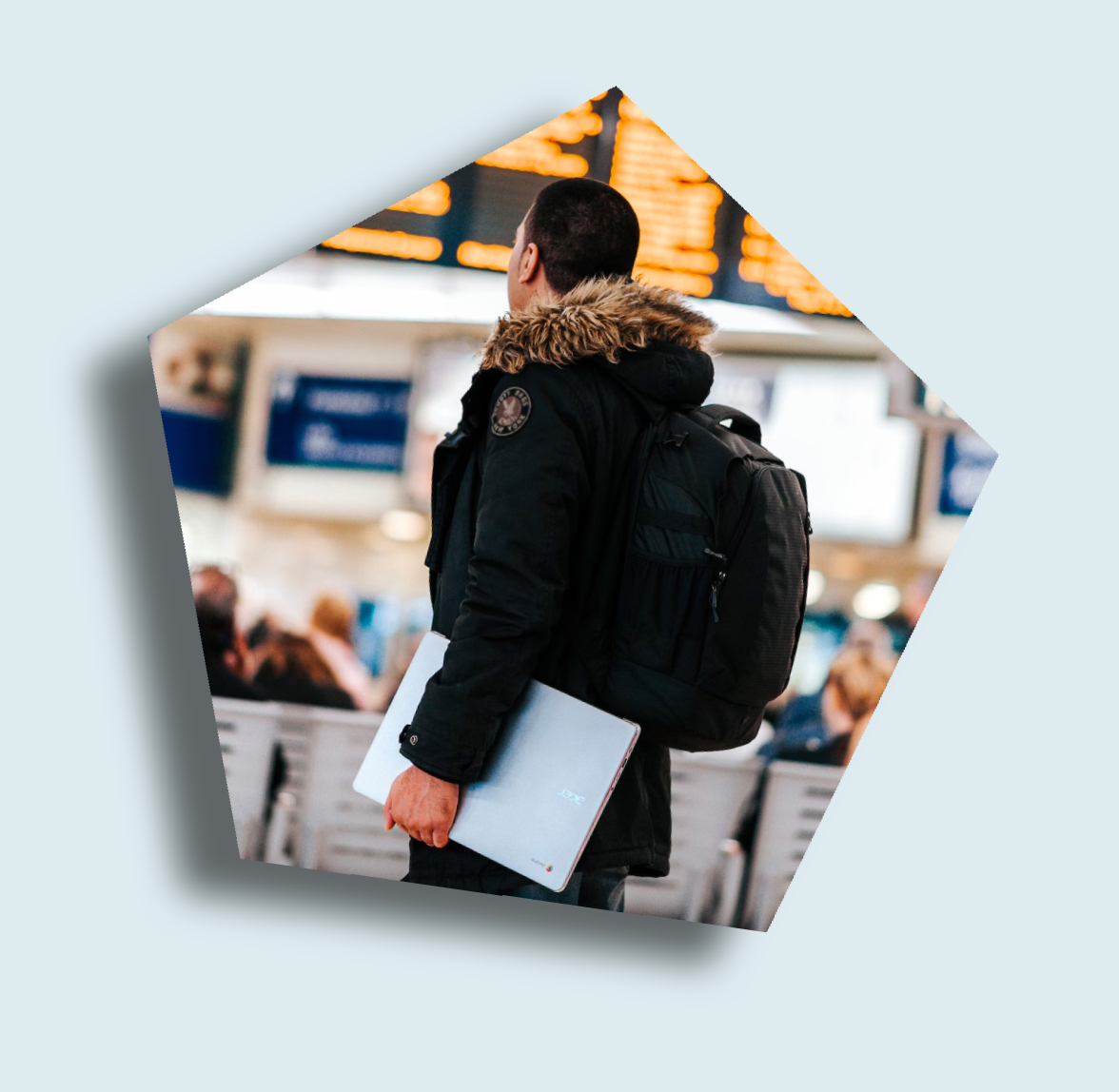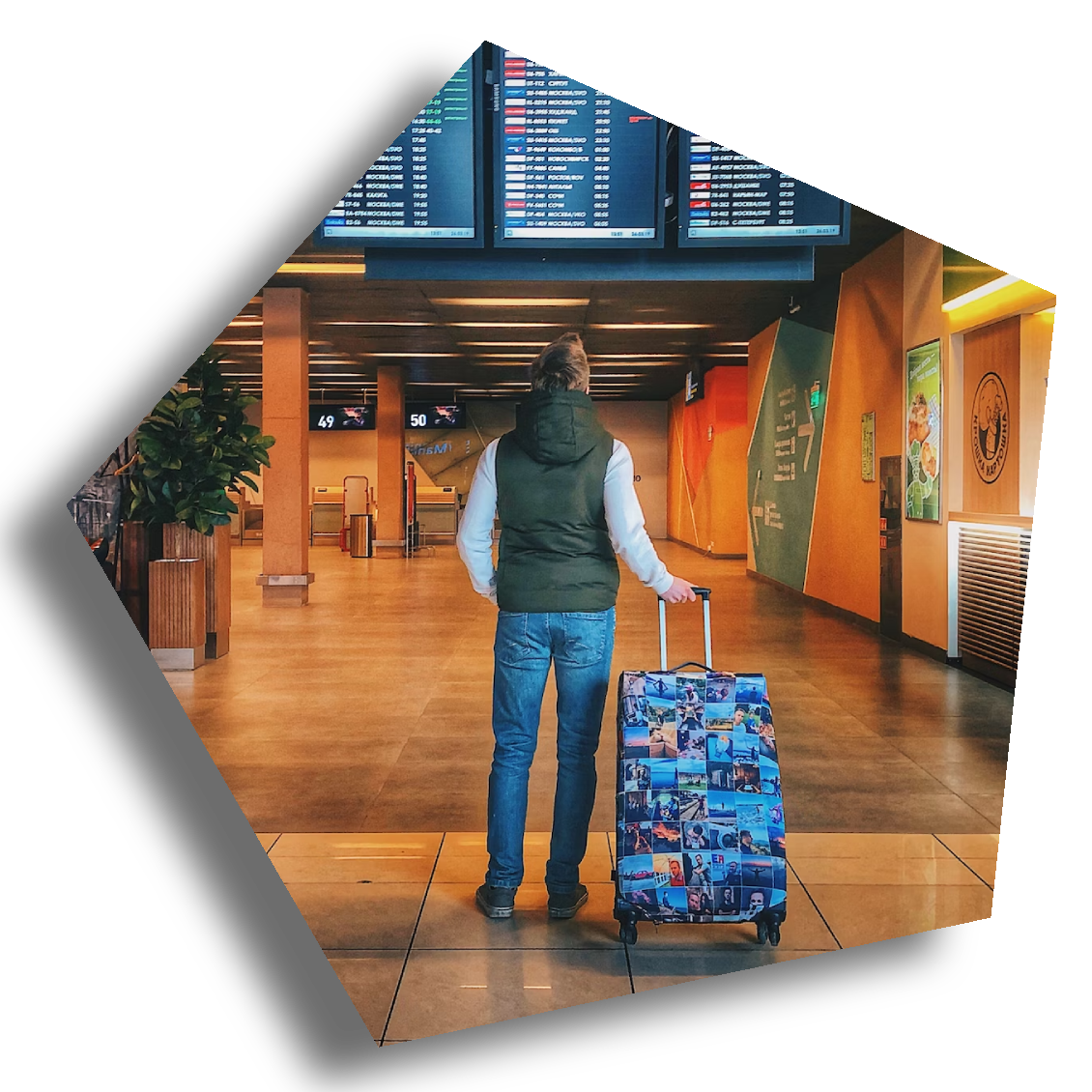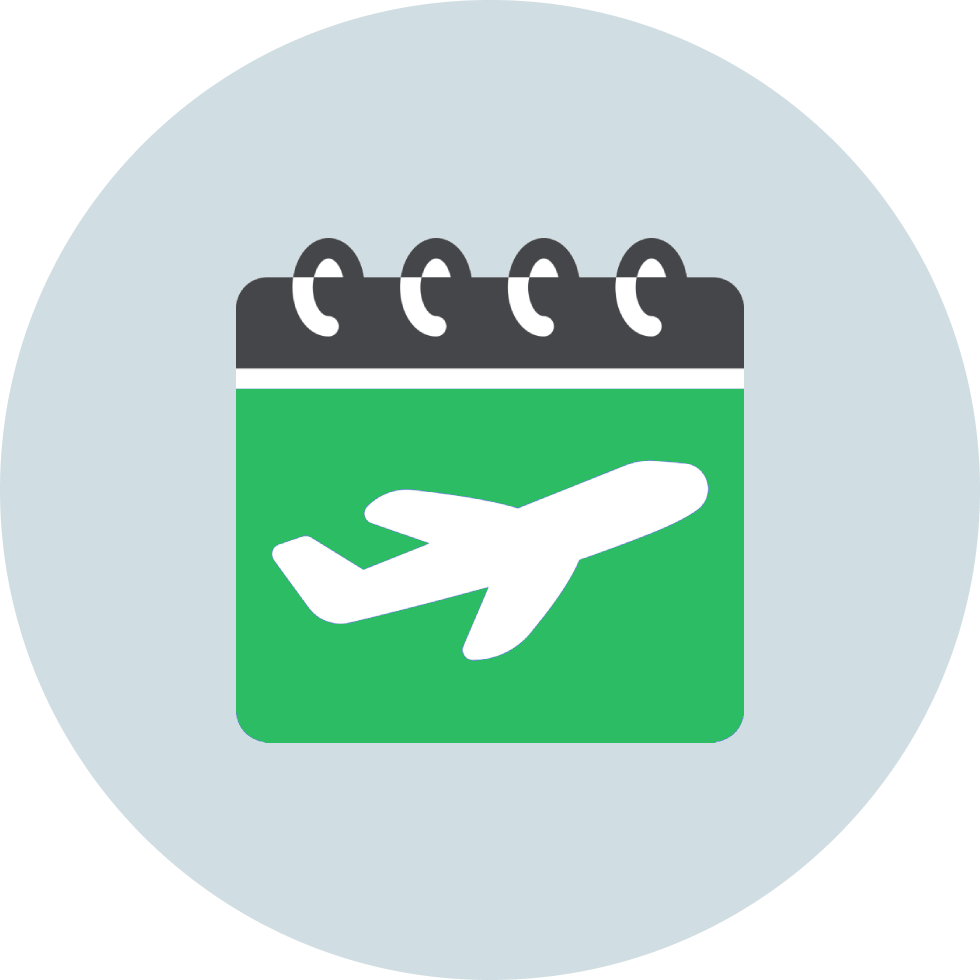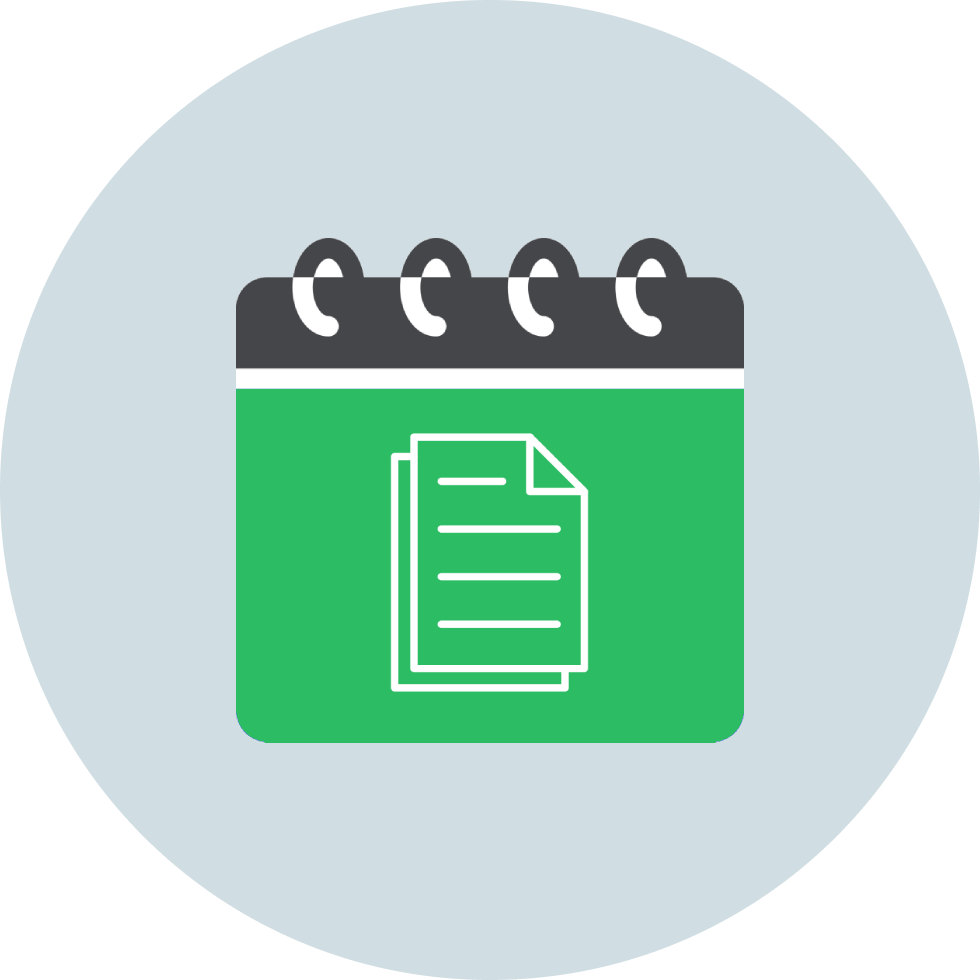How to get my compensation?






Years of experience
6
Customers Served
100K+
Recovered compensations
20M+ €
Flight delay compensation
Unexpected travel disruptions? If your flight gets canceled with short notice, you could be eligible for compensation up to EUR 600, in addition to your refund for the delayed flight. Know your rights and make the most of your travel experience and get your flight delay compensation now.
Cancelled flight
Experiencing flight delays over 3 hours? You might qualify for compensation of up to EUR 600. Don’t let prolonged delays ruin your travel – know your entitlements and claim what you deserve for the inconvenience because of your cancelled flight. Get your refund for a cancelled flight now!







